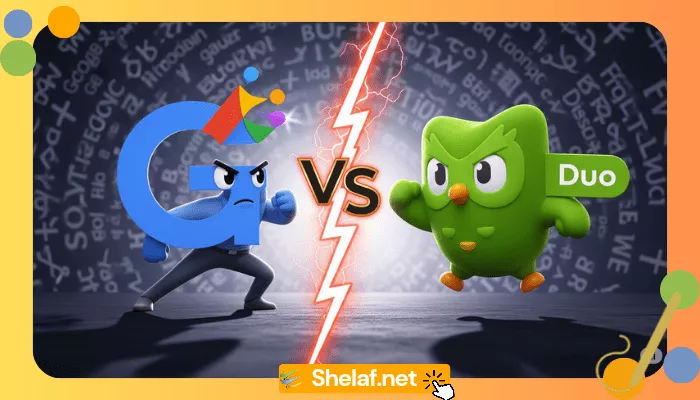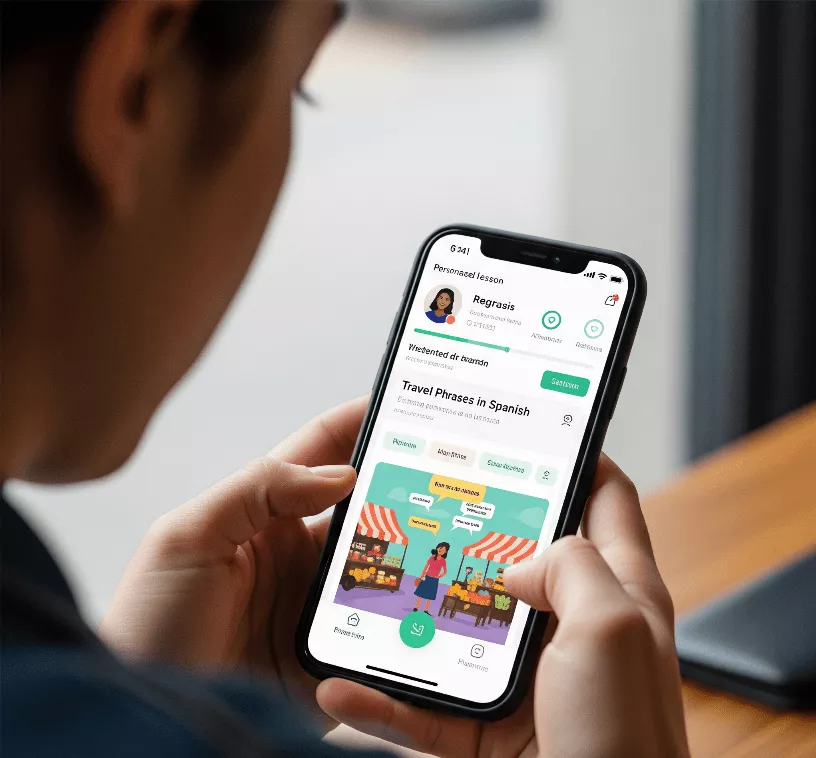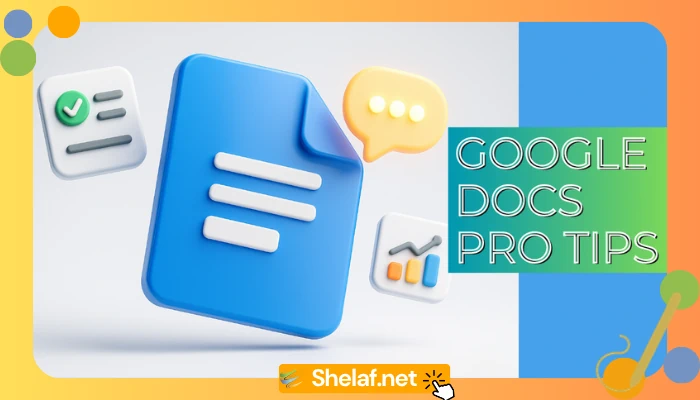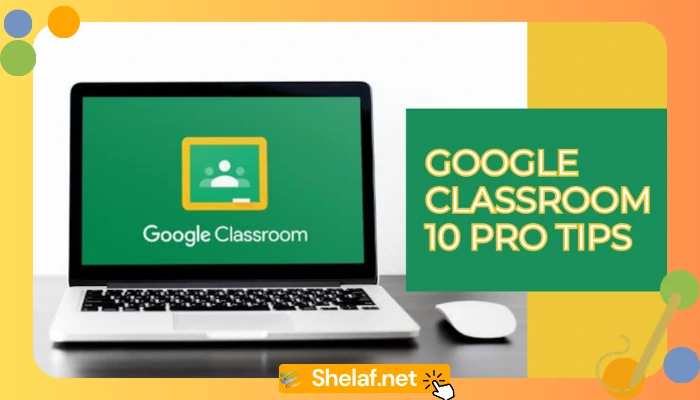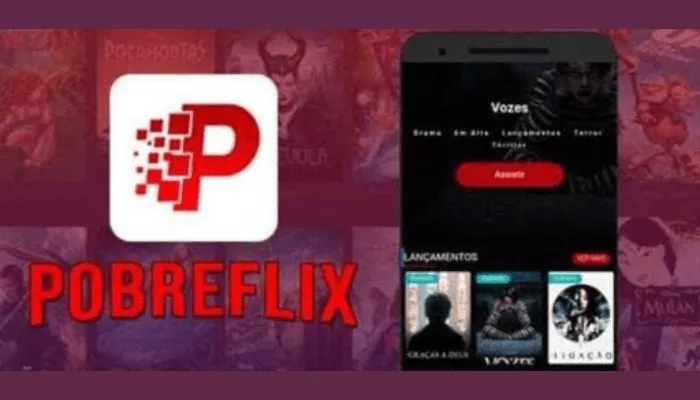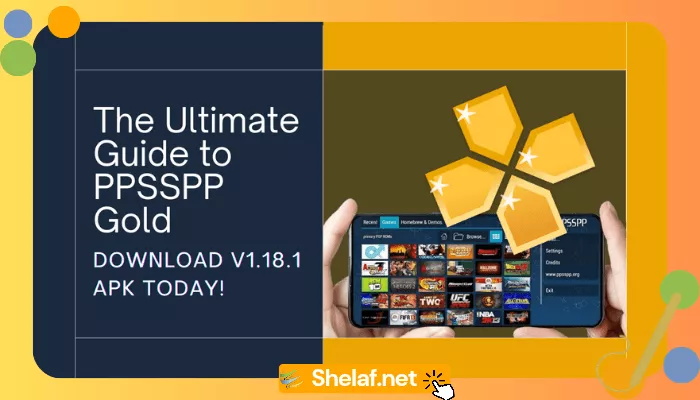For years, Google Translate has had one job: get you the right word, right now. It’s the digital equivalent of a worn-out phrasebook, a utility you use in a pinch but don’t think much about. That’s all about to change. Deep inside the app’s beta code, Google is building a classroom, turning its simple translation tool into a direct challenger for language-learning apps, especially the ever-present Duolingo.
This isn’t just a rumor. The team at Android Authority managed to activate a hidden “Practice” feature, giving us the first real look at Google’s ambition to teach, not just translate. The move could reshape the landscape of language education for millions of users.
Contents
What Google’s New “Practice” Mode Can Do
So, what does this hidden feature actually do? It’s an AI-powered tutor that feels surprisingly personal. Instead of a one-size-fits-all lesson plan, it starts by asking for your skill level—basic, intermediate, or advanced—and then builds from there.
The real magic is in its scenario-based practice. You can learn vocabulary for “work basics” or, even better, give the AI a custom prompt. Imagine telling it you’re going skiing in France and need to learn the right terminology before you hit the slopes. The app can generate a lesson just for that. After you’re done, it asks if the session was too easy or too hard and adjusts for next time.
Right now, the working languages appear to be French and Spanish, which makes sense given the massive volume of google translate english to spanish and google translate spanish to english searches. It’s a clear signal that Google is starting with its largest user bases.
Beyond Flashcards: A New Way to Learn
Most language apps rely on repetition and gamification. You match words, fill in blanks, and build streaks. It works for memorizing vocabulary, but it can leave you flat-footed in a real conversation.
Google’s approach seems aimed at closing that gap. Creating lessons on the fly based on your specific needs is a game-changer. It’s more like having a personal tutor who knows you need to practice ordering tapas in Barcelona, not just conjugate verbs endlessly. The focus is on practical, contextual learning that you can actually use, moving beyond the simple lookup function of the old translate google tool.
Should Duolingo Be Worried?
In a word, yes. For a long time, Duolingo has been the undisputed king of casual language learning. But Google isn’t just another startup; it comes to this fight with overwhelming advantages.
First, there’s the sheer scale. Google Translate is already on billions of devices. It doesn’t need a marketing campaign; it just needs to roll out an update. Then there’s the technology itself. While Duolingo is pivoting to an “AI-first” model, Google already lives and breathes AI. Its infrastructure and data pools are unmatched. Finally, Google has the full picture of your life through its ecosystem—from Maps and Search to productivity tools with powerful features in Google Docs. It can anticipate your needs in a way no standalone app can.
This all comes at a time when Duolingo’s AI strategy has hit some bumps. The company’s CEO, Luis von Ahn, faced significant user backlash over a plan to replace human translators with AI. Google, by contrast, has built its tools on AI from the start, which may give it a smoother path with users.
A Glimpse into the Business Plan
A mention of a “trial period” in the beta app’s code is a telling clue. Google will likely launch this for free to get its massive user base hooked, with plans to monetize it later. This could become a premium feature in a Google One subscription or even a perk for Gemini Advanced users. It’s a familiar playbook: expand the ecosystem and create a new revenue stream. We’ve seen this strategy before, like when Gmail for Android and iOS adds Translate to embed its tools even deeper into daily life.
Hurdles on the Road Ahead
Let’s be realistic, though. This is still an unreleased feature, and Google has a long history of killing projects. Even if it launches, teaching a language is about more than just smart tech. Effective pedagogy requires a deep understanding of how people learn and stay motivated. It’s something companies like Duolingo and Babbel have spent a decade perfecting.
Can an AI truly replicate a well-structured curriculum or the addictive fun of Duolingo’s gamified system? The biggest challenge might be changing user habits. Will people who see Google Translate as a quick dictionary be willing to stick around for a 20-minute lesson?
Google is betting that the same engine that translates your menus can also teach you how to order from them. It’s a massive gamble, but if it pays off, the familiar green owl might just find a giant new shadow looming over its perch.
Frequently Asked Questions (FAQ)
After reading about this potential shift, you probably have some questions. Here are answers to some of the most common ones.
Q: When will this Google Translate practice feature be officially released?
As of right now, there is no official release date. The feature was discovered in a beta version of the app and is clearly still in an experimental phase. Google hasn’t made any public announcements, so we could be weeks, months, or even longer away from a public rollout. It’s also possible Google decides to scrap the project entirely, though that seems less likely given its advanced state.
Q: Will the new language learning feature be free to use?
The evidence suggests it will start free but may cost money later. The mention of a “trial period” within the app’s code is a strong hint that Google plans to monetize it. The most likely scenarios involve bundling it with a Google One subscription, making it a premium feature of Gemini Advanced, or launching a standalone “Translate Pro” subscription. Expect a free-to-try model at launch to get users engaged.
Q: Is this new Google Translate feature actually better than Duolingo?
It’s too early to say for sure, but they offer different strengths. Duolingo’s biggest advantage is its proven system of gamification—streaks, leaderboards, and achievements—that keeps millions of users motivated. It provides a highly structured, linear path for learning.
Google’s potential advantage is personalization and real-world context. The ability to generate custom lessons for your specific needs (like a business trip or vacation) is something Duolingo can’t currently match. If you’re an intermediate learner who wants to practice conversations rather than just vocabulary drills, Google’s approach might feel more practical and efficient. The “better” app will depend entirely on your personal learning style.
Q: How can I try the Google Translate practice feature now?
Unfortunately, you can’t. This feature is not available to the public. It was activated by reporters who are skilled at analyzing and enabling hidden code within APK (Android Package Kit) files of beta software. For the average user, you’ll have to wait until Google decides to launch it, likely through its Labs program or as a beta feature you can opt into within the main app.
Q: What languages will be supported at launch?
The initial teardown showed code for English, Spanish, French, and Portuguese. However, only French and Spanish lessons were reportedly functional in the activated beta. It’s safe to assume that Google will launch with a small number of the most popular languages and expand the list over time as it refines its AI teaching models. Given the volume of queries, a focus on Spanish and other Romance languages is a logical starting point.

